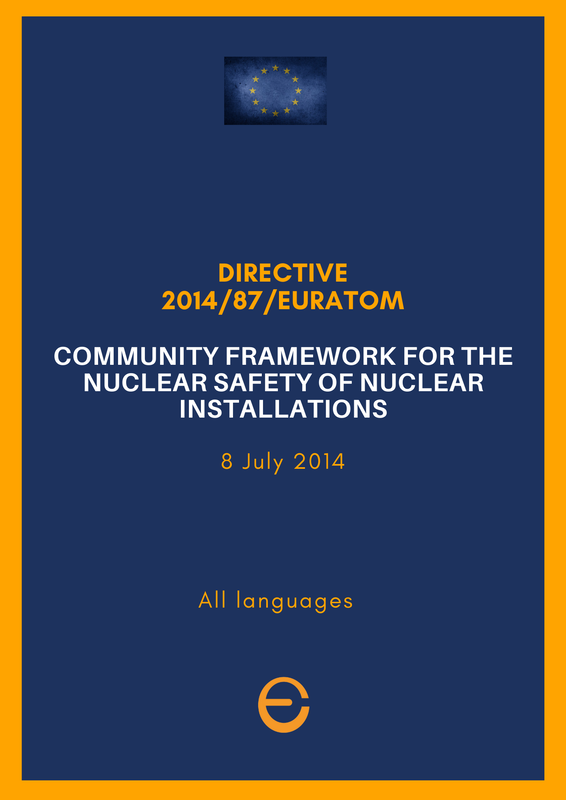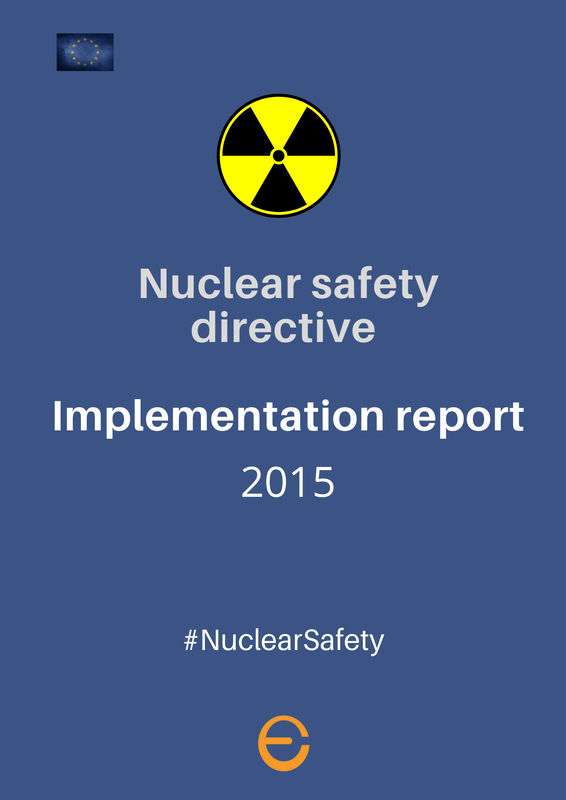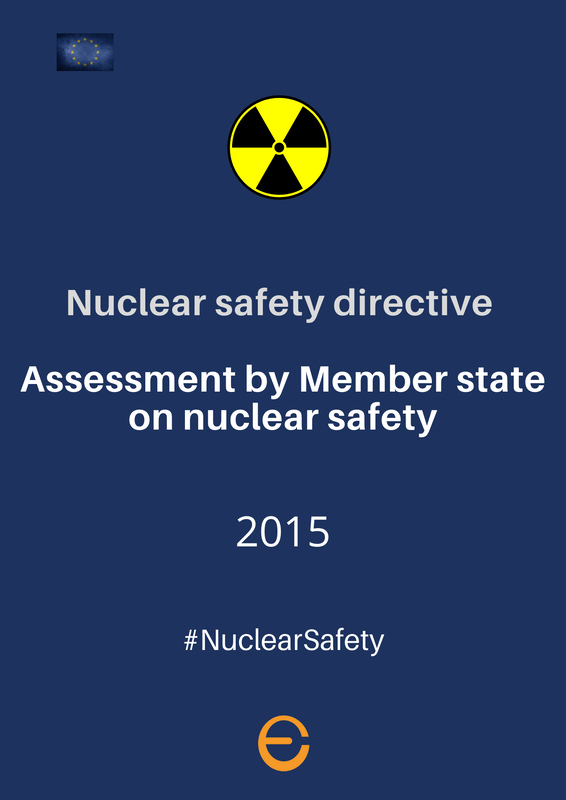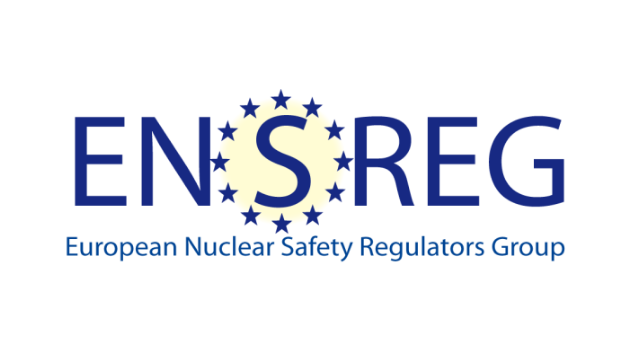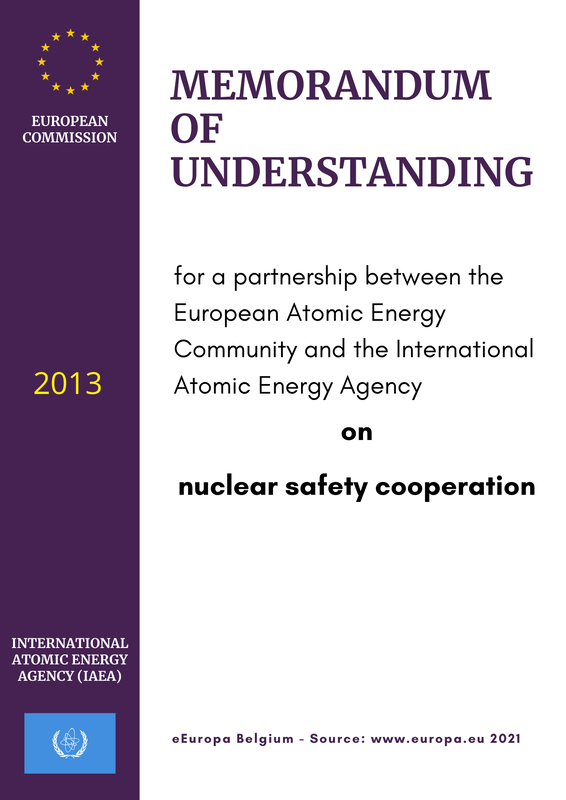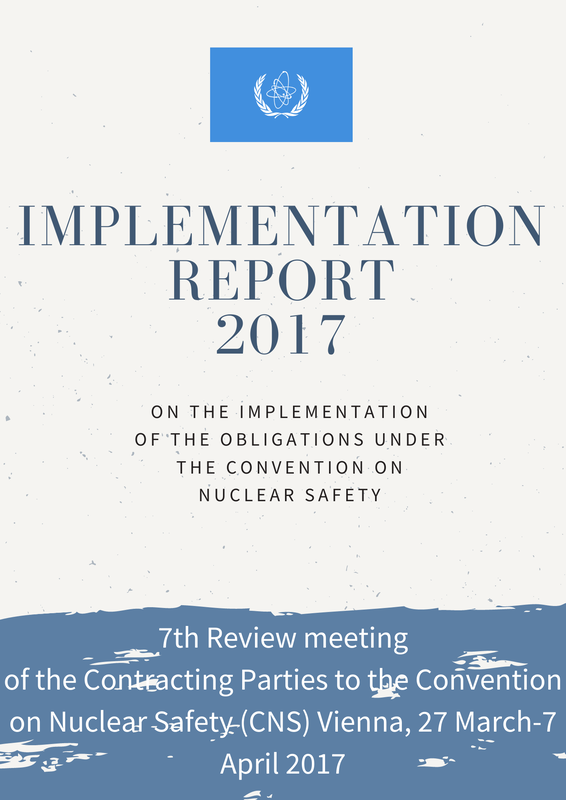Nuclear Safety
In the EU, about 13% of energy produced has a nuclear origin. 25% of the electricity and 50% of the low-carbon electricity is generated by nuclear energy.
This is why the EU devotes a lot of effort to ensuring high safety standards.
While plant operators, under the supervision of independent national regulatory authorities, are primarily responsible for the safety of their installations, an EU-wide approach to nuclear safety is of key importance because a nuclear accident could have negative consequences for countries across Europe and beyond.
The EU rules
|
The EU deals with nuclear safety for:
With the amendment of the European Nuclear Safety Directive 2014/87/Euratom, the EU has strengthened its leadership in the field of nuclear safety worldwide. In fact, it introduced in 2011 and 2012 new criteria for the assessment of nuclear risk and safety (stress test) following the nuclear accident in Fukushima and on the basis of the safety requirements of the Association of Nuclear Regulators of Western Europe and the International Atomic Energy Agency. The Directive requires EU countries to give the highest priority to nuclear safety at all stages of the life cycle of a nuclear power plant. This includes carrying out safety assessments before the construction of new nuclear power plants and ensuring significant safety improvements for old reactors. |
In particular, the directive:
In 2020, the Commission published a fact sheet on nuclear safety in the EU.
- strengthens the role of national regulatory authorities by ensuring their independence from national governments. EU countries must provide regulatory authorities with sufficient legal powers, personnel and financial resources
- create a peer review system. EU countries choose a common nuclear safety theme every six years and organize a national safety assessment on it. Then they send their evaluation to other countries for review. The results of these peer reviews are made public
- requires a safety reassessment for all nuclear power plants to be conducted at least once every 10 years
- increases transparency by requiring nuclear power plant operators to release information to the public, both during normal operating periods and in the event of accidents
In 2020, the Commission published a fact sheet on nuclear safety in the EU.
Implementation reports
|
The Nuclear Safety Directive requires that EU countries submit national reports on the implementation of the Directive to the Commission as of 22 July 2014 and every 3 years thereafter. The national reports aim at demonstrating how countries are addressing the Directive’s obligations by illustrating the approaches taken at national level. Based on the 2014 reports, pursuant to the Directive, the Commission submitted on 18 November 2015 the first progress report on the Directive’s implementation. The amendment to the Nuclear Safety Directive modified the above reporting obligation by requiring that EU countries submit the second round of national reports by 22 July 2020. Based on these reports, the Commission will prepare the second progress report on the Directive’s implementation to the Council and European Parliament. This is planned for the second half of 2021. The table below includes the EU countries’ national reports submitted in the 2014 and the 2020 reporting cycles.
|
Stress tests and follow-up
|
After Fukushima nuclear accident in 2011, risk and safety assessments ('stress tests'), were carried out on all EU nuclear power plants and all neighbouring countries were also associated. Switzerland and Ukraine participated fully. The Commission also encouraged and cooperated with nuclear regulators around the world to perform similar exercises. The aim of the tests was to check whether the safety standards used when specific power plants received their licences were sufficient to cover unexpected, extreme events like for example earthquakes, flooding, terrorist attacks or aircraft collisions. |
According to the tests, the safety standards of European nuclear power plants were generally high but further improvements were recommended. Nuclear regulators set up national action plans, which were peer-reviewed by experts from EU countries and the Commission.
The implementation of the stress tests recommendations is a national responsibility and is ensured by operators and national regulators. The Commission is committed to support EU countries and follow, together with the European Nuclear Safety Regulators Group the implementation of national action plans closely.
The implementation of the stress tests recommendations is a national responsibility and is ensured by operators and national regulators. The Commission is committed to support EU countries and follow, together with the European Nuclear Safety Regulators Group the implementation of national action plans closely.
International cooperation
|
The EU cooperates with non-EU countries and international organisations on nuclear safety. In 2013, the European Commission signed a Memorandum of Understanding with the International Atomic Energy Agency (IAEA) to further strengthen the cooperation through expert peer reviews, emergency preparedness and response, and other measures. On behalf of the European Atomic Energy Community, the Commission takes part in triennial review meetings (RM) and extraordinary meetings (EM) on the Convention on Nuclear Safety and produces corresponding reports. The IAEA and the Commission meet annually to review progress achieved from working together on a range of nuclear activities and the last one was hold in Luxembourg on 12/02/2019: IAEA press release of 12/02/2019. The last one was published in 2017 (see in the side). Check the older ones here. |

